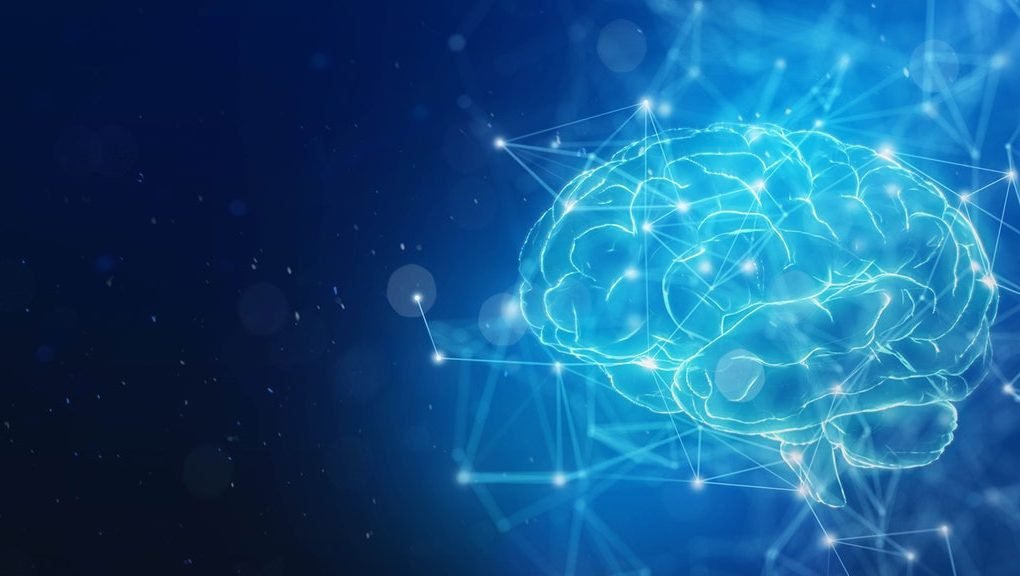Power transformers are critical assets of energy grids. Various operational stresses deteriorates their lifespan and often lead to their failure. Effective condition monitoring and diagnosis is the key to optimize the life and performance of such transformers. Can this open new opportunities for machine learning applications?
Utilities worldwide use various techniques such as gas-in-oil, moisture, and temperature analysis for transformer diagnosis. Current practices ensure a diagnostic opinion based on the time of data measurement and historical service information. It may be time-consuming and biased. Besides, considerable expertise is necessary in order to extract useful information from such data.
Conversely, remembering the underlying observation from statistical analysis of historical data and transformer condition can revolutionize the current diagnostic practices. The outcome will also accelerate asset management decisions. Hence, artificial intelligence and machine learning, in particular, are gaining rapid popularity
What is machine learning?
Machine learning (ML) is a sub-set of artificial intelligence. It is the ability to learn and improve from experience rather than explicit programming. The primary aim of machine learning is to enable self-learning and improvement without human intervention. Typically, there are two types of machine learning i.e. supervised and unsupervised. Other categories such as semi-supervised and reinforced learning falls somewhere in-between and have advanced applications.
ML used in diagnosis
Various ML algorithms are currently in practice for transformer diagnosis. These methods vary with the diagnostic objective. For example, k-nearest neighbor (kNN), support vector mechanism (SVM), fuzzy logic (FL), and artificial neural network (ANN) is a popular choice for fault classification using gas-in-oil analysis. The performance of these models depend on the accuracy of training dataset. Additional methods such as wavelet networks, evolutionary algorithms etc also improves the accuracy of decision-making.
How to use ML solutions?
Prior to choosing an ML solution, it is necessary to have a clear diagnostic objective and data source. In order to implement ML as an industrial strategy, it is also necessary to filter faulty or inconsistent data from normal data. Secondly, consider any additional feature that may impact the decision-making and summarize the suitable inputs. After pre-processing, the dataset can be trained, validated, and tested on brand-new information. Additional steps are necessary to match the statistical validation with actual expectations.
SeetaLabs’ RONIN is based on the above-mentioned strategies. It allows a wide-range of data analytics and presents the information in a way that is seen never before. This enables even the most non-expert user to have a quick understanding of their transformer’s health and condition. If this interests you than, click here to book a demo with us or contact us at info@seetalabs.com.

